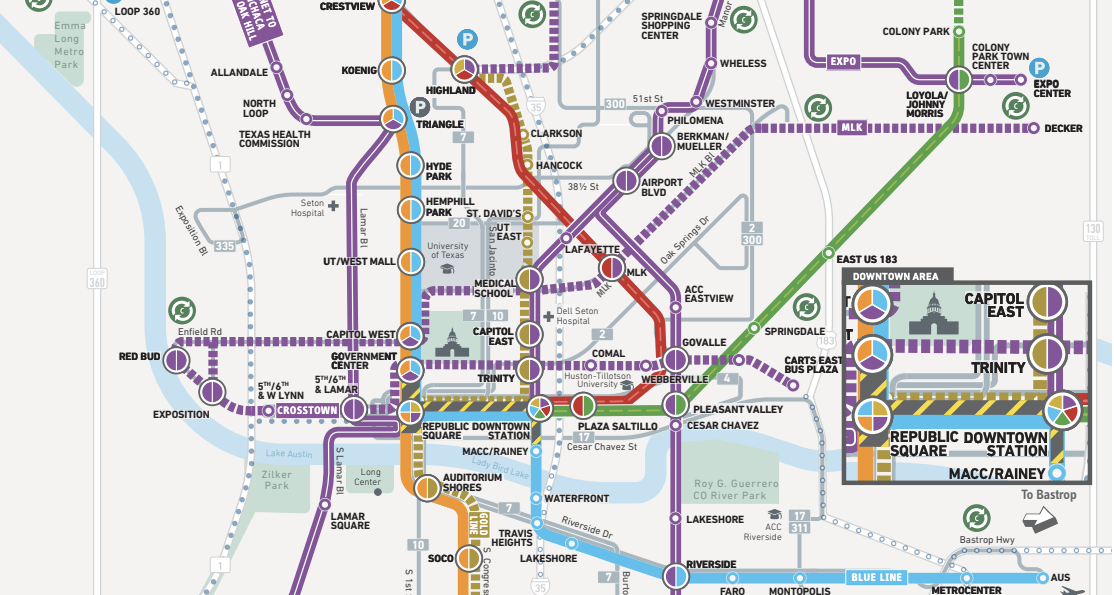Austin, Texas is at a pivotal point in advancing its public transit with the proposal of a 10-mile light-rail network, designed to reshape urban mobility in the city. However, this landmark project, the most ambitious in Austin’s history, now faces legal challenges that could derail its progress. This blog post examines the ongoing legal battle, the changes to the project’s scope, and the implications for the city’s future.
The lawsuit at the center of this turmoil involves Austin City Council, the Austin Transit Partnership (ATP), and plaintiffs including an iconic local burger joint, Dirty Martin’s Place, which was initially set to be demolished under the plan. ATP and the City Council have responded robustly in Travis County civil court, denying all claims and committing to defend the project’s continuation. ATP’s executive director, Greg Canally, emphasized the agency’s resolve to uphold its mission amidst these challenges.
In response to the legal disputes, the Council has not held back, authorizing up to $350,000 to engage the international law firm Norton Rose Fulbright for their defense. The plaintiffs, including Travis County Commissioner Margaret Gomez, argue that the city lost its authority to collect taxes for the light-rail after altering plans post the 2020 election which had authorized a property tax hike. Their lawyer, Bill Aleshire, criticized the city’s legal responses and vowed to press forward with the case.
Austin Mayor Kirk Watson staunchly defended the voter’s decision from the 2020 Project Connect ballot proposition, which passed with 58% support. This initiative was intended to fund not only the light-rail but also high-frequency electric buses and improved commuter rails among other upgrades. However, by April 2022, the estimated costs for the light-rail had jumped from $5.8 billion to $10.3 billion due to rising real estate prices and inflation in the construction sector. Consequently, a revised, shorter 10-mile route was proposed to remain within budget constraints.
The revised transit map now shows the light rail stretching from downtown in three directions: north to 38th Street, south to Oltorf Street, and east to Yellow Jacket Lane. Despite the cutbacks, local transit officials maintain that the full system will eventually be completed, albeit likely without the originally planned $2 billion subway component. They cite the permanent property tax approved in 2020 as a continuing source of funding, although no definitive timeline has been established for the expanded phases.
Amidst these developments, ATP has also been reluctant to release documents related to Project Connect and the Green Line, a part of the light-rail expansion, citing ongoing litigation. This withholding of information has led to further public scrutiny and requests for transparency, as ATP seeks permission from the Texas Attorney General to exempt these documents from public release.
As ATP continues to prepare for the upcoming stages of the light-rail project, including an in-depth environmental review process expected early this year, the outcome of the legal challenges remains uncertain. What is clear is the city’s commitment to advancing its public transit system despite the hurdles, aiming to provide a more connected and sustainable urban environment for its residents.
Planning your visit to Austin or looking for more insights on local real estate? Call or Text Brendan Sanford today at (512) 696-0673, or email at [email protected].
